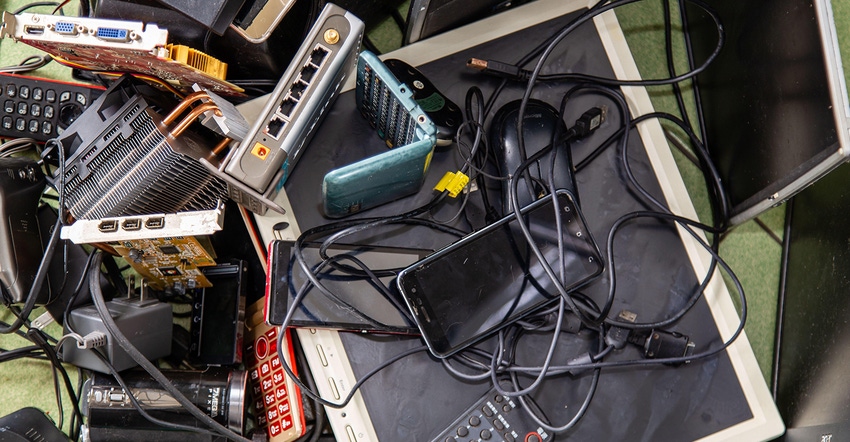According to a new study from the University of Waterloo, Canada’s electronic waste more than tripled over the last two decades and that trend is expected to continue.
May 10, 2023

According to a new study from the University of Waterloo, Canada’s electronic waste more than tripled over the last two decades and that trend is expected to continue. Now, researchers are calling for better e-waste management to help prevent environmental harm.
The study done by UW was said to be a comprehensive estimate of e-waste in Canada, hoping to better understand electronic devices from when they are purchased to when they are discarded. This study looked at data for e-waste going back to 1971.
UW’s research finds that e-waste generation per person, which was just over 18 pounds in 2000, sits at a whopping 55.5 pounds as recent as 2020.
Also, according to the study, Canadians produced nearly one million tons of e-waste in 2020 and that number is expected to hit 1.2 million tons, annually, by 2030.
With e-waste consisting of items like computers, televisions, cell phones, electronic toys, etc., Komal Habib, a professor at UW’s School of Environment, Enterprise and Development, suggests the increase in waste can be tied to the frequency at which consumers upgrade devices.
"From a consumer perspective, we tend to upgrade our technological setup to the latest available technology," said Habib. "The phone I'm holding right now ... is five years old, but not many Canadians are like me, right? They tend to upgrade their device every year."
You May Also Like


